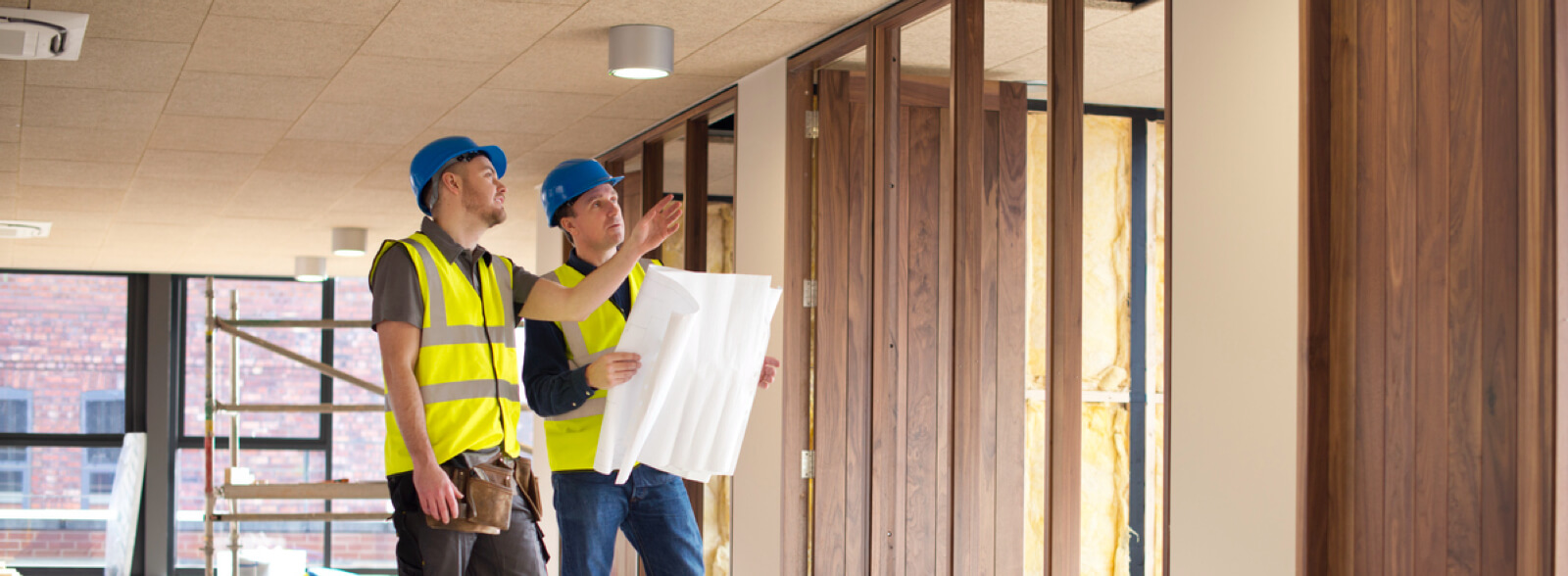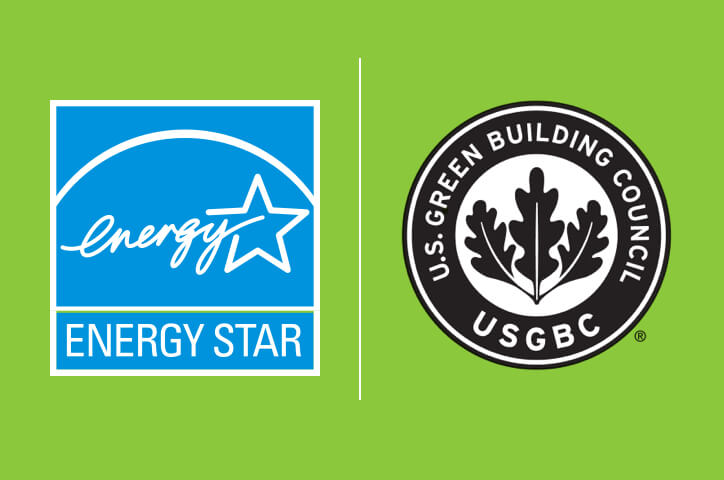How Green Buildings Save Energy

Increasingly, houses and commercial buildings are being built with energy efficiency in mind. Green homes and buildings are designed to use energy and resources efficiently, reduce waste, and create healthier spaces inside and outside.
Energy efficiency is about more than powering off devices and insulating attics. Our homes and buildings are responsible for a large share of our electricity demand and greenhouse gas emissions. Improving energy efficiency in this area is crucial to meaningfully reducing our electricity consumption and improving our air quality.
That’s where green buildings come in. Buildings can be built green or made green through renovation or retrofitting. Generally, brand-new buildings can be made more efficient than older buildings can.
What Makes a Building Green?
Common features of green buildings include the following:
Energy
- High-efficiency windows, lights, and insulation as well as heating, ventilating, and air conditioning (HVAC) systems.
- ENERGY STAR certified products including appliances; heating, ventilating, and air conditioning (HVAC) measures; office equipment; and more.
- Generating renewable energy on-site or purchasing green power from a local utility.
Water
- Technologies and WaterSense labeled products that help reduce water waste, such as water recycling systems and low-flow toilets and shower heads.
Building Materials
- Construction and building materials that are responsibly sourced, can be recycled, and minimize waste.
Waste
- Design the building for durability and use materials efficiently to avoid waste. During demolition and construction, reduce, reuse, and recycle materials to cut costs and improve the building quality.
Toxin Reduction
- Using insulation, paint, furniture, and other materials that contain fewer toxic chemicals.
Indoor Air Quality
- HVAC and other systems that provide adequate ventilation and air filtration, preventing mold and other harmful substances from taking root.
Operation and Maintenance
- Monitoring and modifying the operations and maintenance of a building can reduce waste, lower operating costs, and decrease the risk of early equipment failure.
Sustainability
- Being located near public transportation to allow occupants to leave their car at home.
- Using a white roof (reflecting the sun’s heat) or green roof (covered with plants) to reduce the heat generated by the building and mitigate the urban “heat island effect,” which increases the temperature of cities.

Making a Building Green
To become a green building, a residential, commercial, or industrial building goes through a certification process. In the U.S., the best-known programs are LEED (Leadership in Energy and Environmental Design, a U.S. Green Building Council program) and ENERGY STAR (a U.S. Environmental Protection Agency program).
In Virginia, a green building is defined as a building that meets at least one of the following criteria:
- The building exceeds the energy-efficiency standards prescribed in the Virginia Uniform Statewide Building Code by 30%.
- The building is certified to meet or exceed performance standards of the Viridiant program (formerly EarthCraft Virginia), the Green Globes building rating system, or LEED.
Terms To Know
Green buildings are sometimes called sustainable buildings. Those with advanced systems are referred to as high-performance green buildings. A zero-energy or net-zero energy home or building is one that generates as much energy as it uses. Passive houses and buildings are super-insulated and generally do not need central heating or cooling systems because they are so energy-efficient.
Even if your home or commercial building does not qualify as green, there are ways to lower your energy use and save on your utility bill. Discover more about saving energy at work and home.
Additional Resources
- U.S. Green Building Council
- ENERGY STAR’s Building Upgrades
- ENERGY STAR’s Checklists of Energy-Saving Measures
- ENERGY STAR’s Operations and Maintenance Best Practices for Energy-Efficient Buildings
- ENERGY STAR’s Treasure Hunts for Commercial Buildings
- U.S. Environmental Protection Agency’s Green Building Standards Directory
- Viridiant’s Green Building Programs